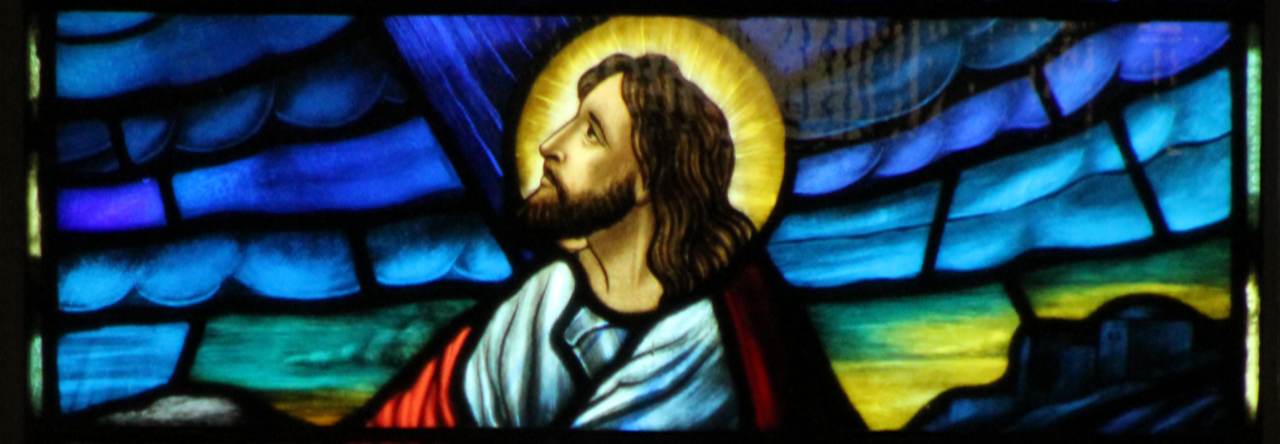This week we began our study of the Revelation of St. John. The first thing we learned is that “Apocalypse” is a Greek word that means an unveiling, or uncovering. Jesus shows to John and John shows to us the Spiritual realities of the earthly things that have taken and will take place from the creation until the inauguration of the new heavens and earth. This history centers on Jesus death and resurrection.
This vision shows us the spiritual and eternal battle happening behind the surface of our world: the Valiant One, Jesus Christ, standing by our side upon the plain and felling the old evil foe who means us deadly woe, attacking us with deep guile and great might. This book helps us to “live by faith and not by sight” (2 Corinthians 5:7), to see that we are a royal priesthood, a people belonging to God, even in the midst of a world full of evil, sin, and suffering.
We also sketched a brief biography of St. John. Who is the man who was entrusted with the Revelation of Jesus Christ, to bear witness to the Word of God and to the testimony of Jesus Christ, even to all that he saw?
John was an eyewitness to the ministry of Jesus and the birth of the Christian Church. He writes, by the Holy Spirit, of what he has seen and heard and touched, in order that we may believe that Jesus is the Christ, the Son of God, and that by believing we may have life in His name. (John 20:30-31). He wrote the Gospel that is known by his name, 1, 2, and 3 John, as well as Revelation.
He was a disciple of John the Baptist, who introduced John to Jesus (he is probably the unnamed one of the two disciples in John 1:35)
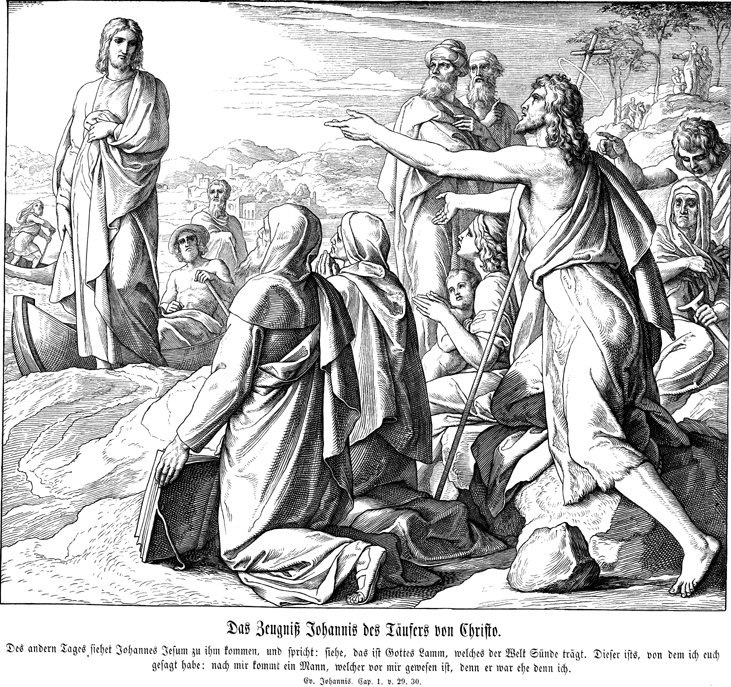
John and his brother James were sons of a man named Zebedee. Jesus called them away from their lives as fishermen to be fishers of men (Mark 1:19-20)
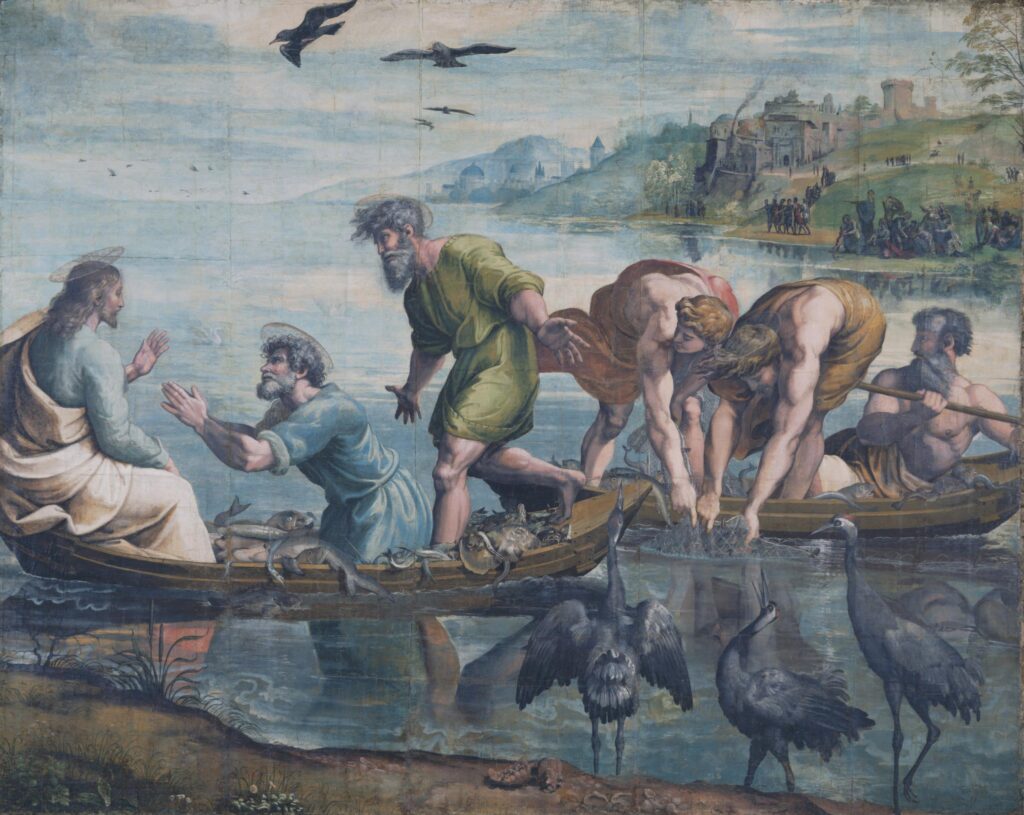
He was one of the “inner circle, with Peter And James. He got to witness the raising of Jairus’ daughter (Mark 5:37), Jesus’ transfiguration (Mark 9:2), Jesus’ suffering in Gethsemane (Mark 14:33), and most, if not all of Jesus’ miracles and teaching.

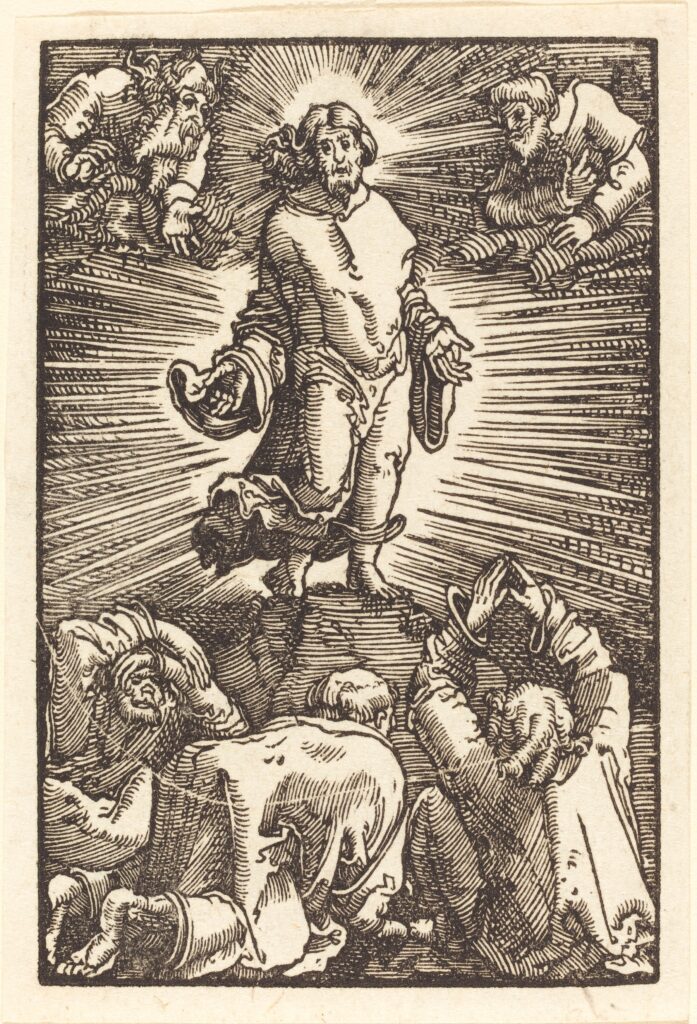
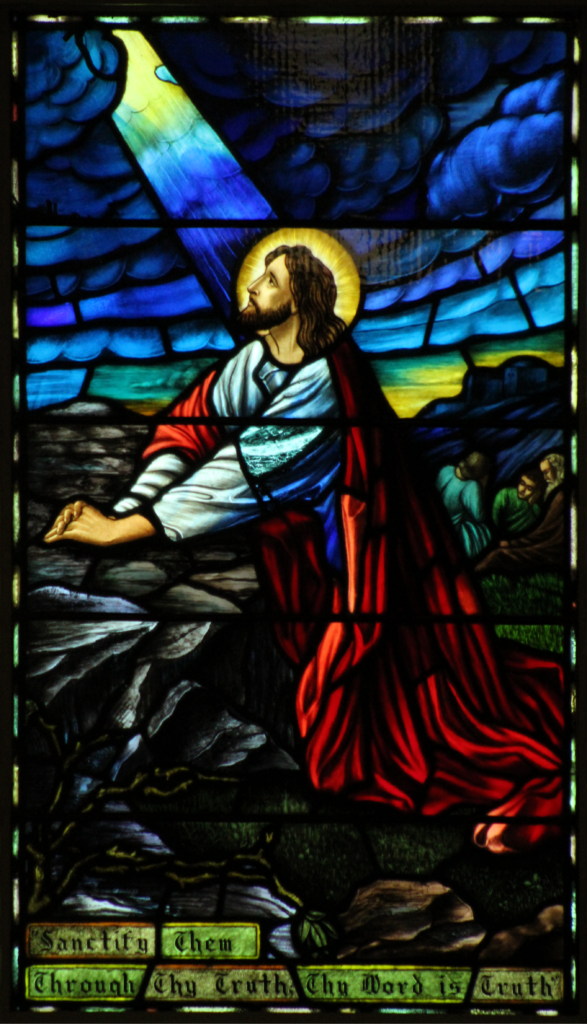
John was the only disciple to witness Jesus’ entire passion. He watched the trial at the Jewish court with Peter (John 18:15-16). then when Peter denied Jesus the third time and went out and wept bitterly (Matthew 26:75), only John remained for the trials of Pilate and Herod and the road to Golgotha. He stood at the foot of the cross where Jesus entrusted the care of His mother, Mary, to His disciple, John (John 19:26-27). There he witnessed Jesus’ shameful treatment and death.
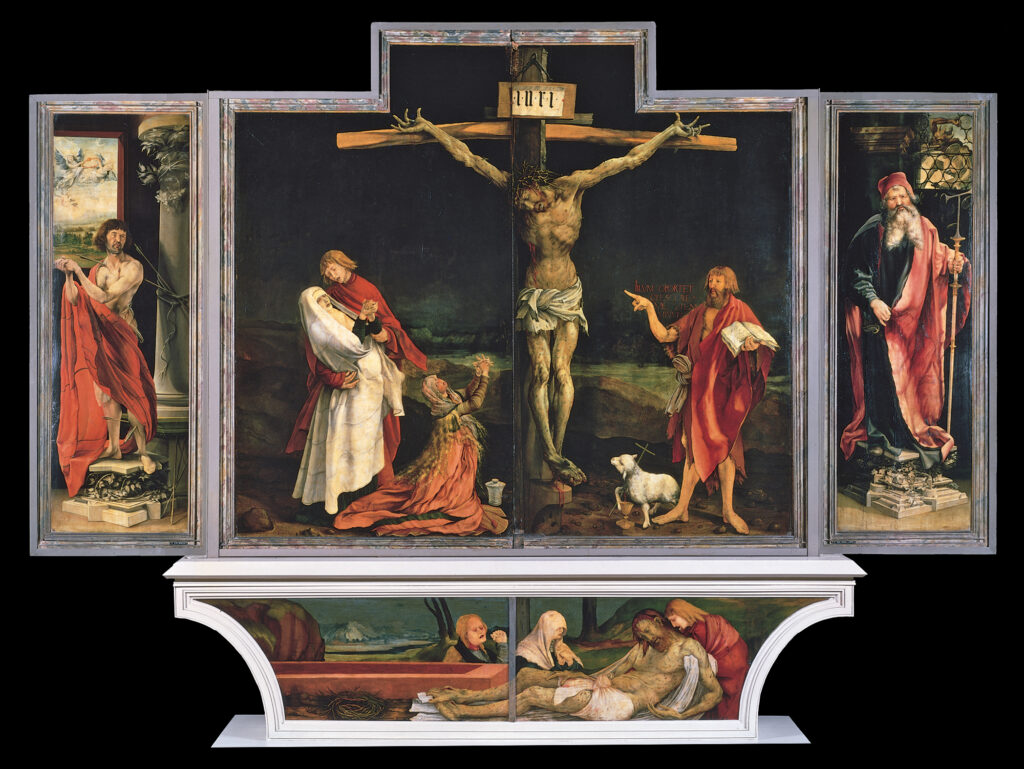
Three days later, John outran Peter to the empty tomb, seeing and believing that Jesus was risen (John 20:8).
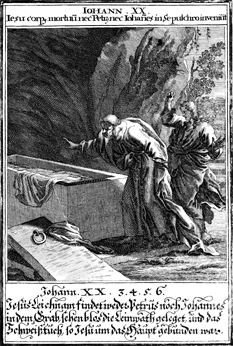
John was a witness to Jesus’ Ascension into heaven and His promise that He would return to judge the living and the dead (Acts 1:6-11). He received the fulfillment of Jesus’ promise to send the Holy Spirit at Pentecost.
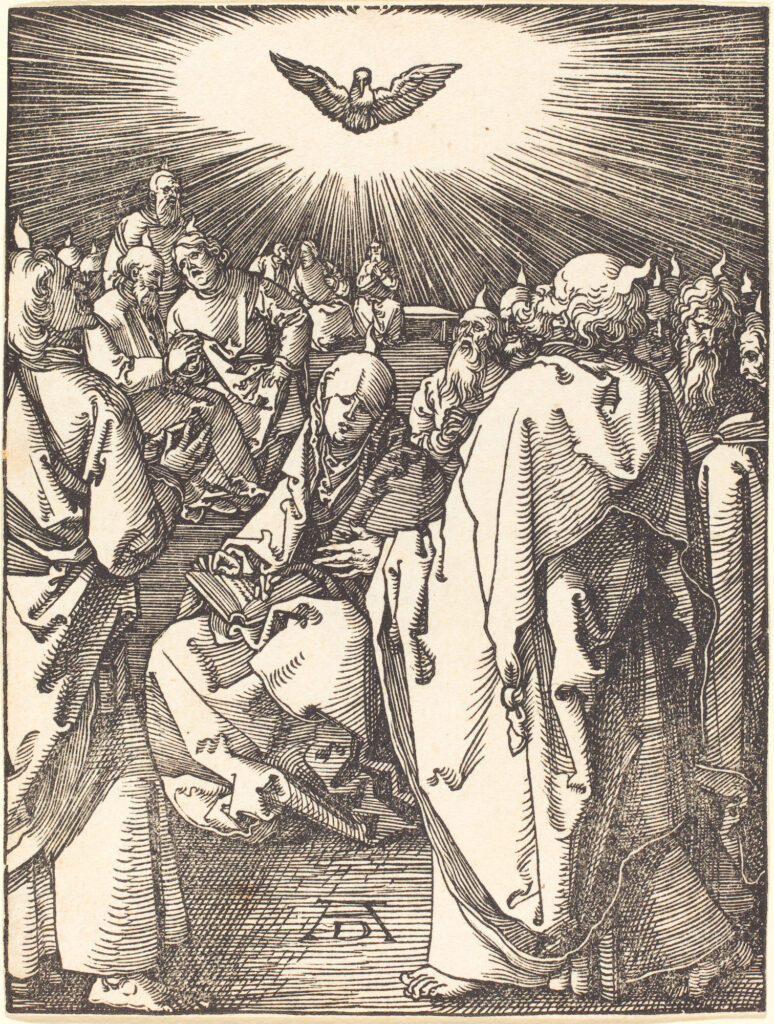
John was one of the leaders at the church in Jerusalem (Acts 12:17; Galatians 2:9). Sometime before 70 AD he became pastor and bishop at Ephesus, a church that had been founded by Paul (Acts 18:24-19:1). He was bishop in Ephesus for many years and despite persecution, he witnessed the spread of the Church through the Roman empire. And some point he was exiled to the island of Patmos for his witness to Christ. We know from the writings of Clement, bishop of Rome, that John was still alive in at least 95 AD.
John was alive through the whole process of the writing and the circulation of the books that make up the New Testament, and was able to testify to the truth and faithfulness of what was written (John 19:35). Nothing new is added to the canon after John’s death.
